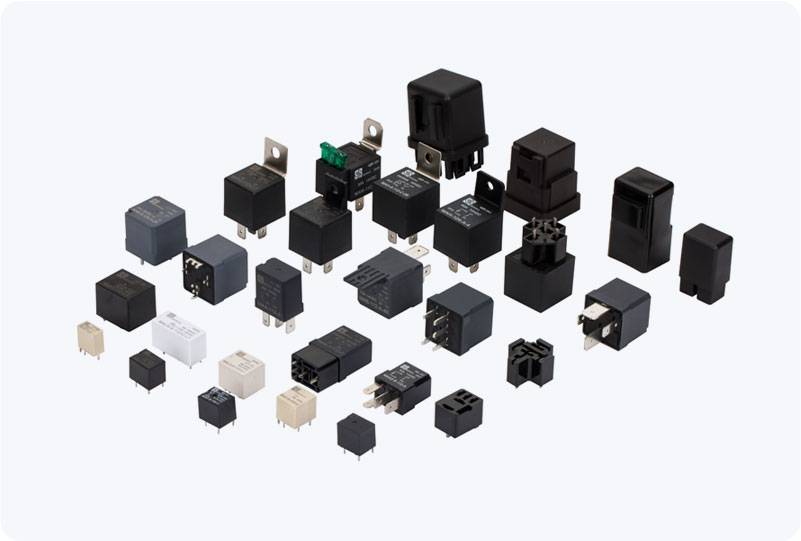understanding hydrogen gas arc extinguishing relay: a revolutionary approach to arc fault mitigation
Release time:2025-06-27 19:23:16
The Hydrogen Gas Arc Extinguishing Relay is an innovative device used in electrical power systems to safely and efficiently extinguish electric arcs, which are often the result of short circuits or other electrical faults. This technology is crucial in high-voltage equipment, where arc faults can pose significant threats to both the equipment and personnel. By leveraging hydrogen gas, the Hydrogen Gas Arc Extinguishing Relay provides a unique solution to the challenging problem of arc extinguishment in electrical circuits. This article delves into the mechanism, advantages, and applications of this technology in modern electrical systems.

What Is an Arc Fault and Why Is It Dangerous?
An electric arc occurs when a high-voltage current flows through a gap in an electrical circuit, often caused by a fault such as a short circuit. The intense heat generated by the electric arc can melt metal, vaporize materials, and cause severe damage to electrical components. If not properly extinguished, the arc can lead to catastrophic failures, fires, or even explosions, endangering both equipment and human life.
In traditional electrical systems, arc faults are often managed using mechanical or air-blast circuit breakers, which physically interrupt the flow of current to stop the arc. While effective, these methods may not always extinguish the arc quickly enough, especially in high-voltage or high-current scenarios. This is where the Hydrogen Gas Arc Extinguishing Relay comes into play, offering a more efficient and reliable solution.

